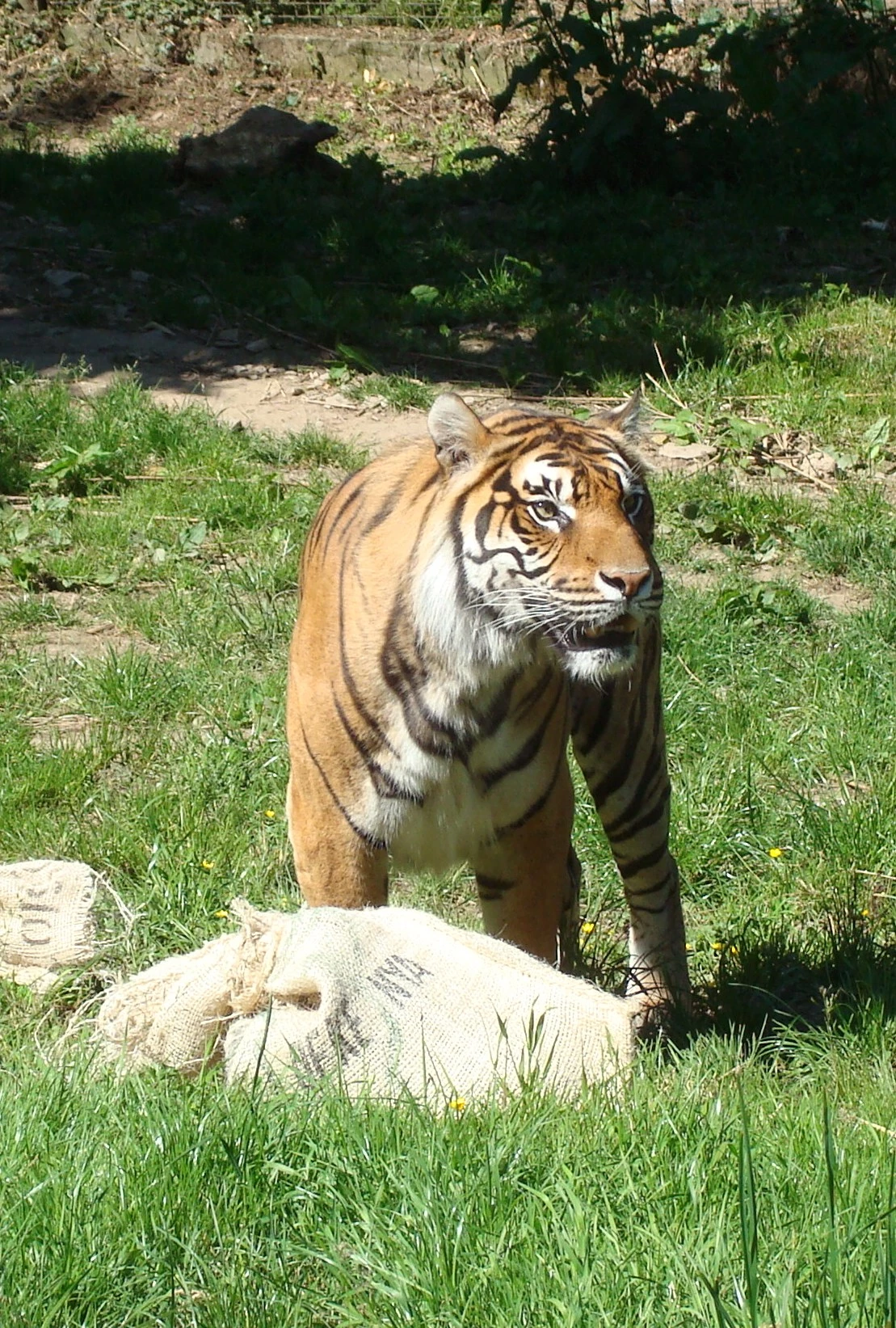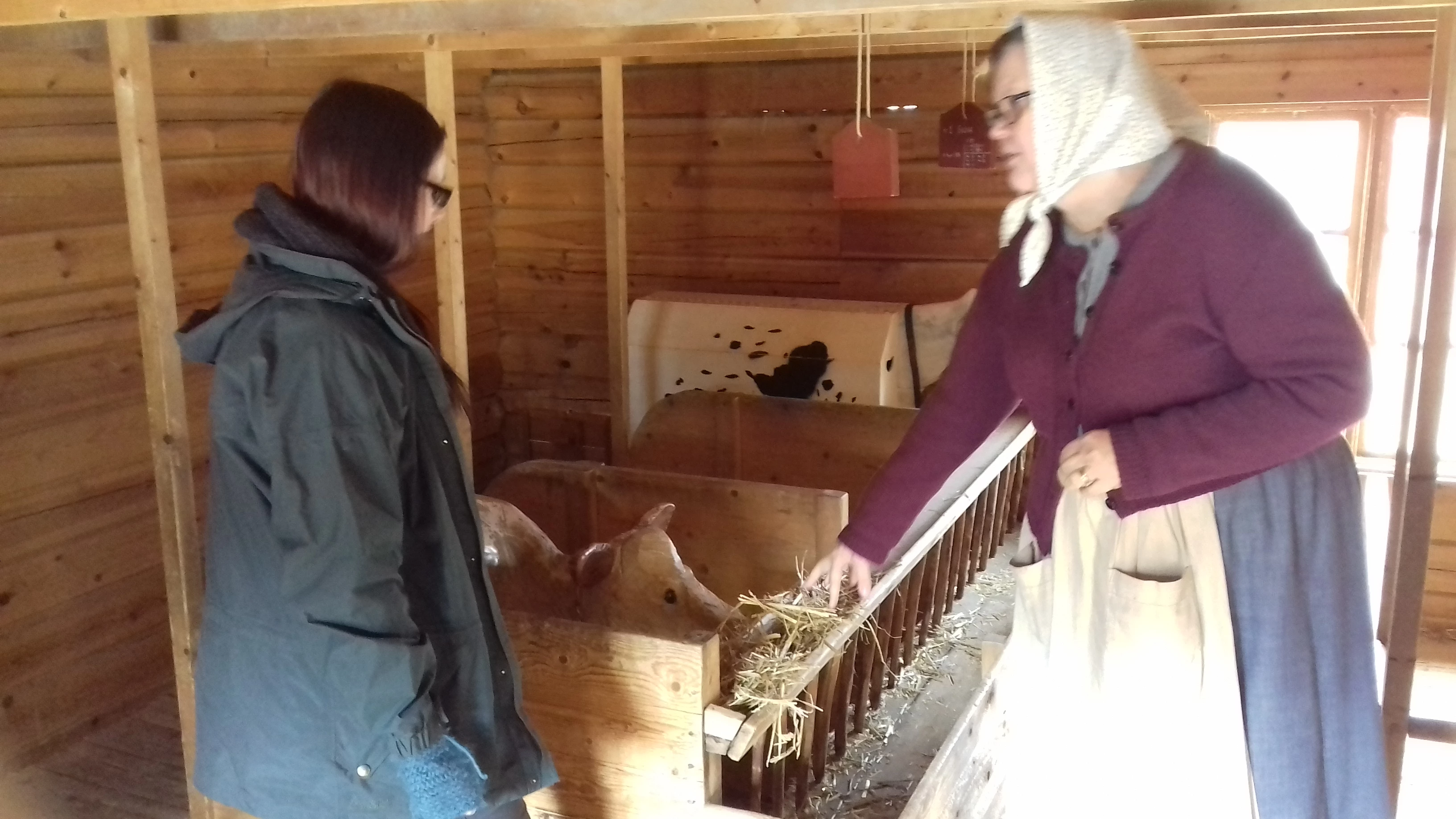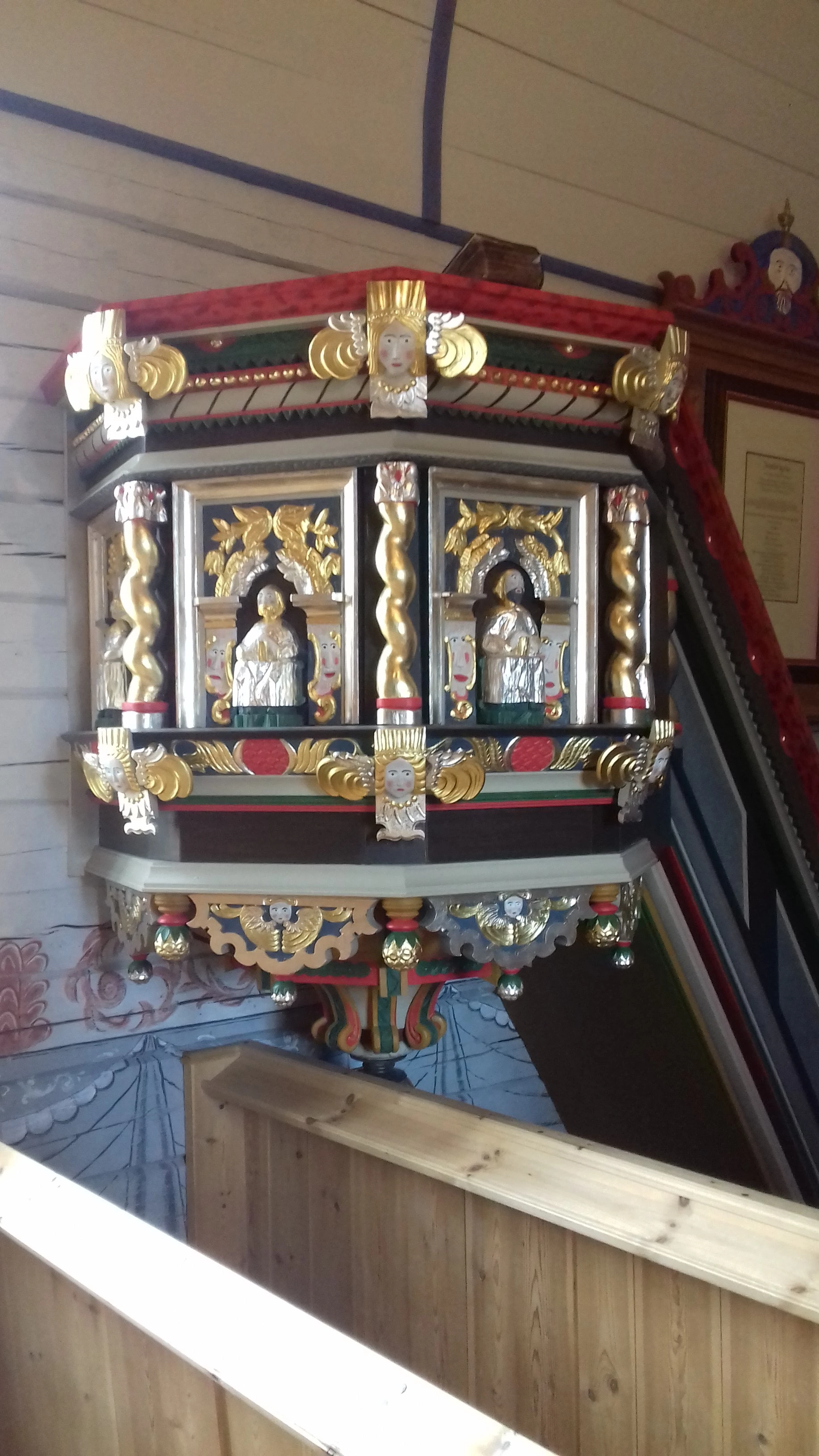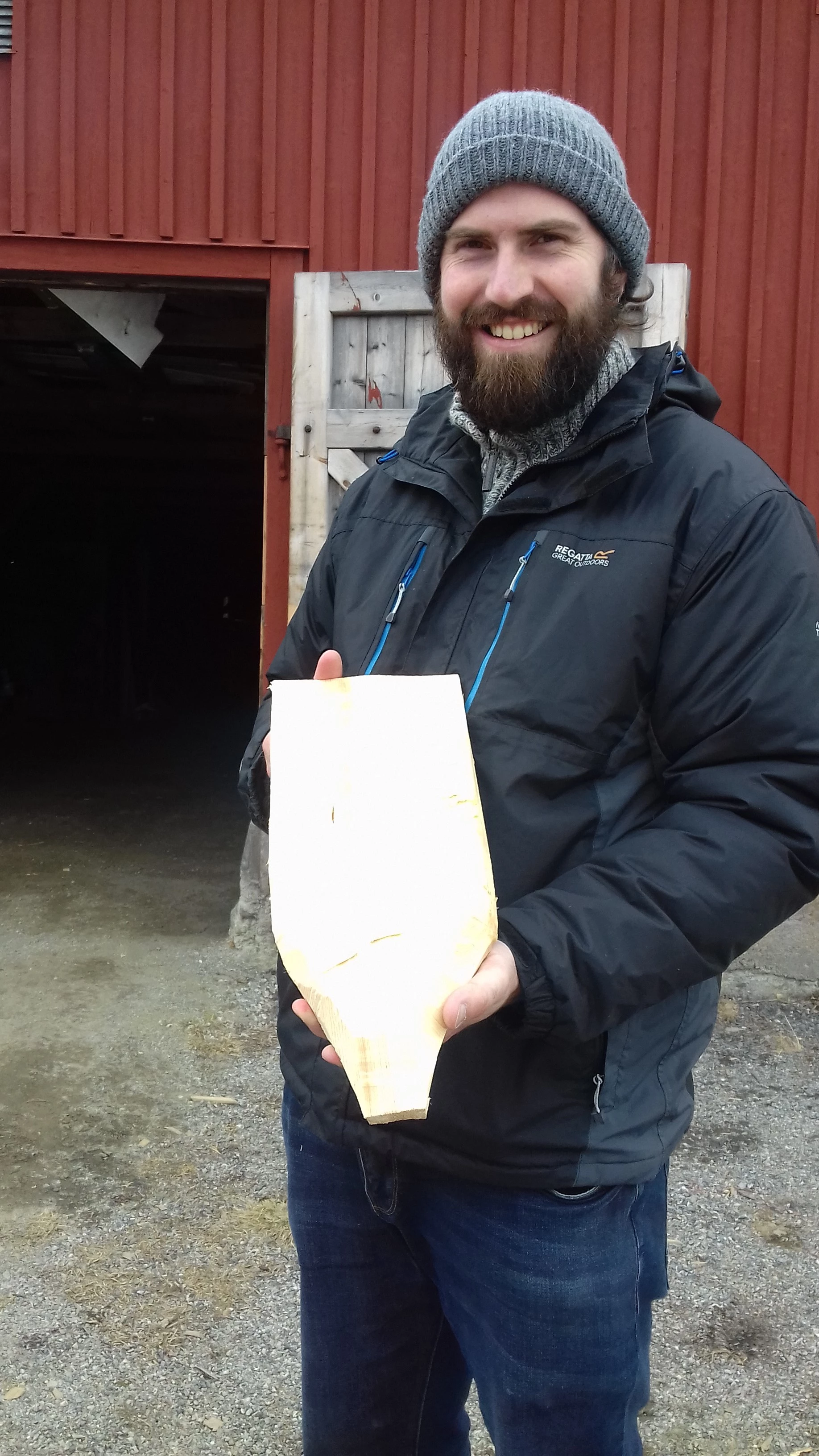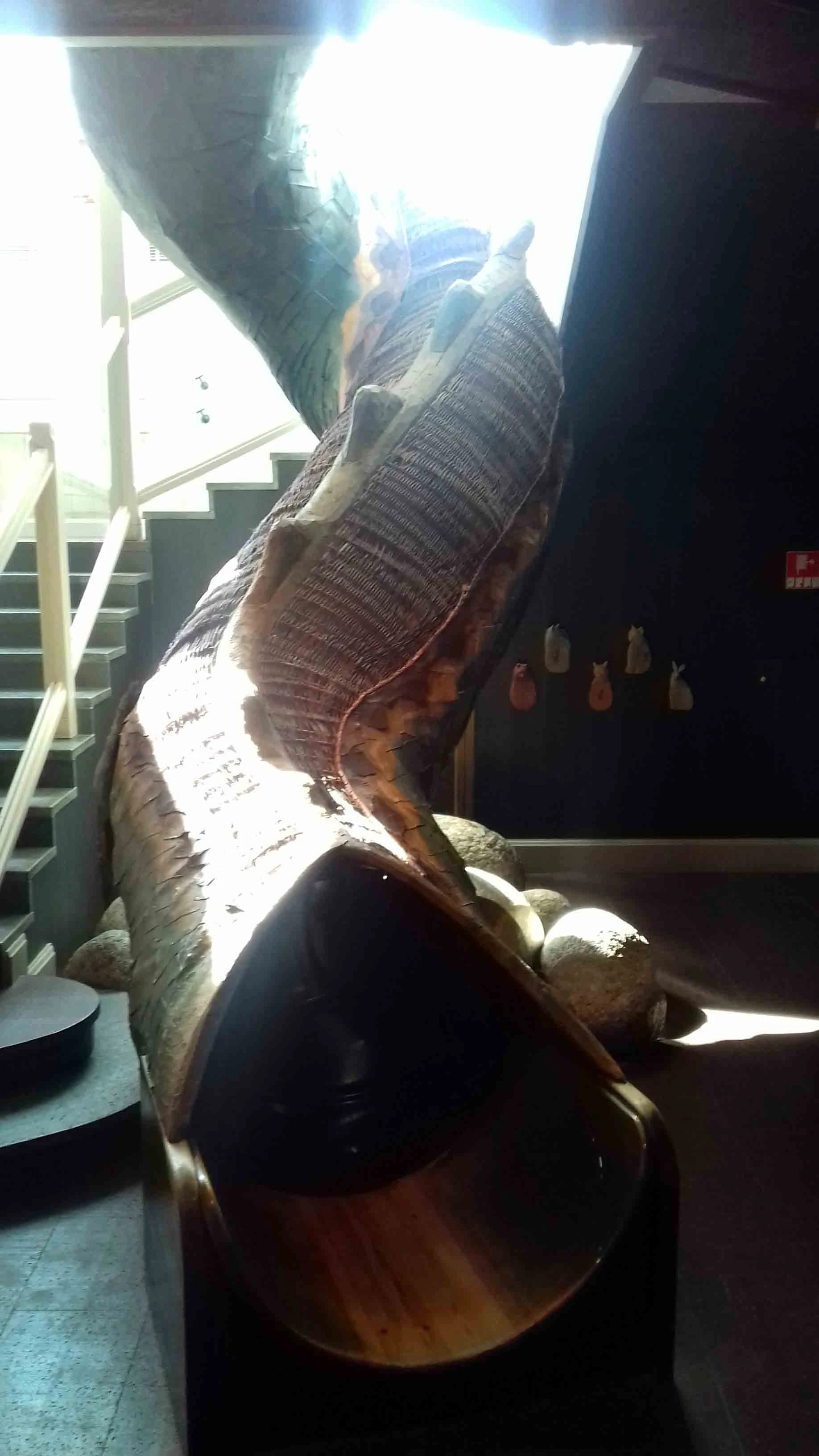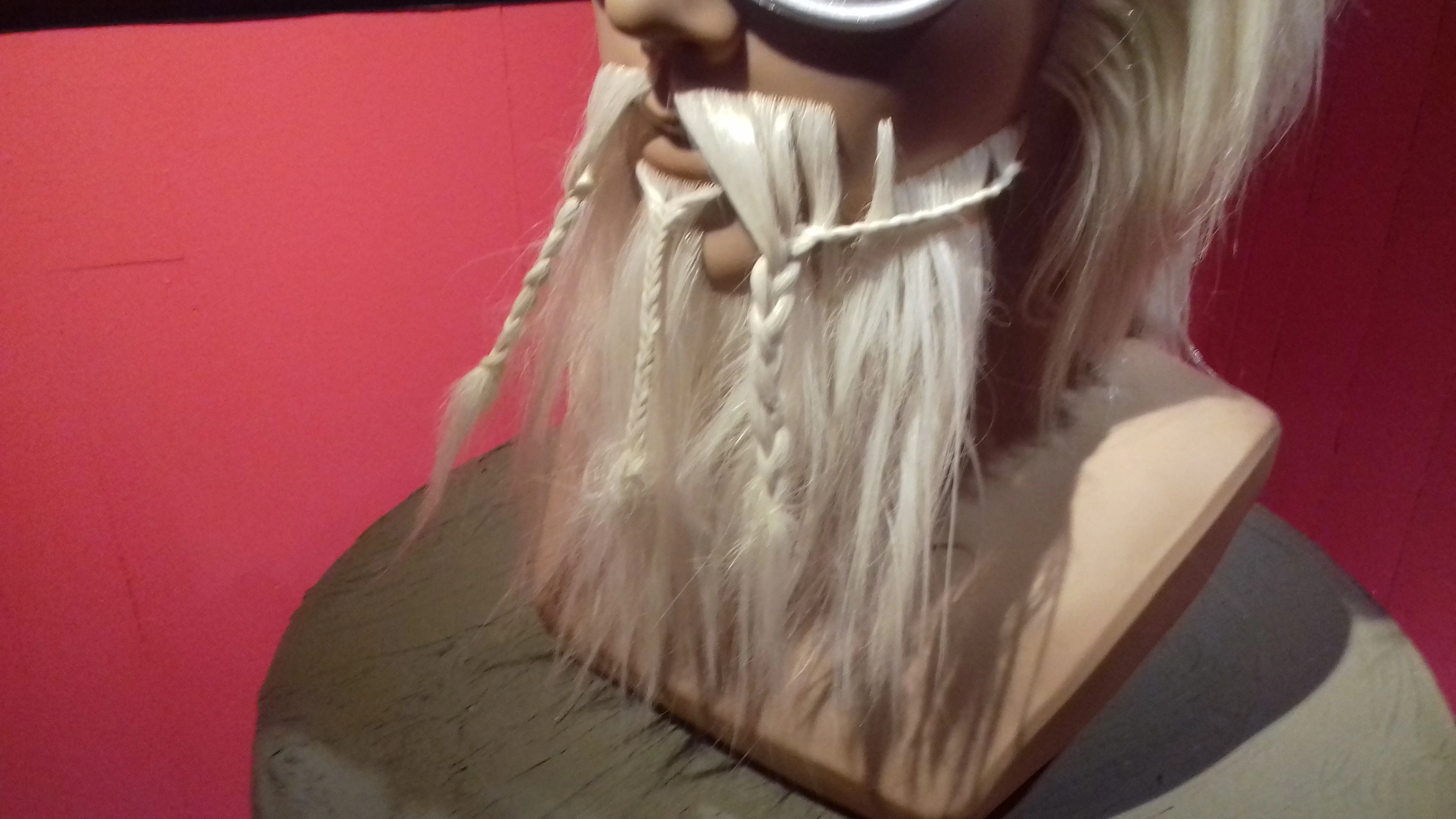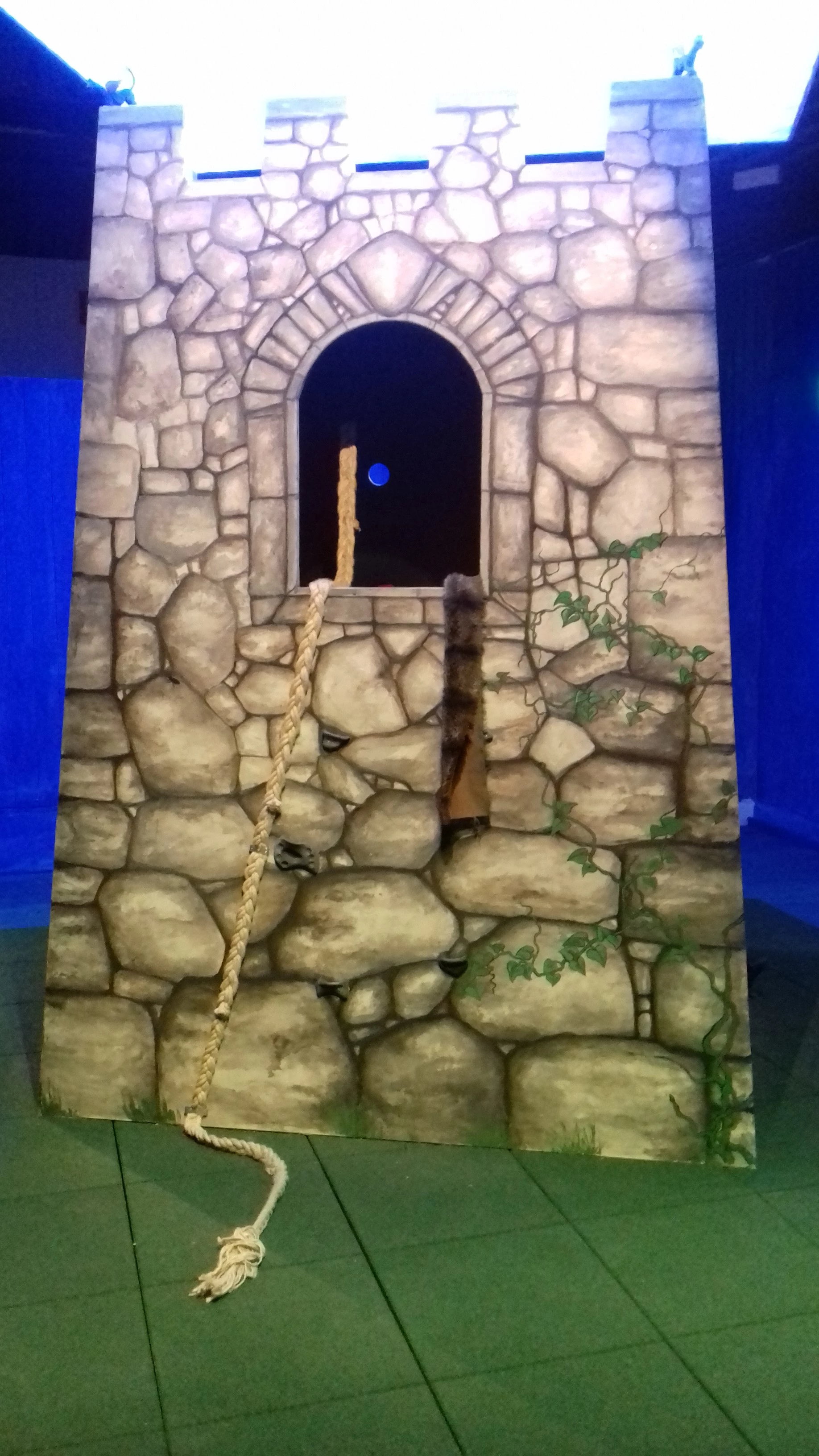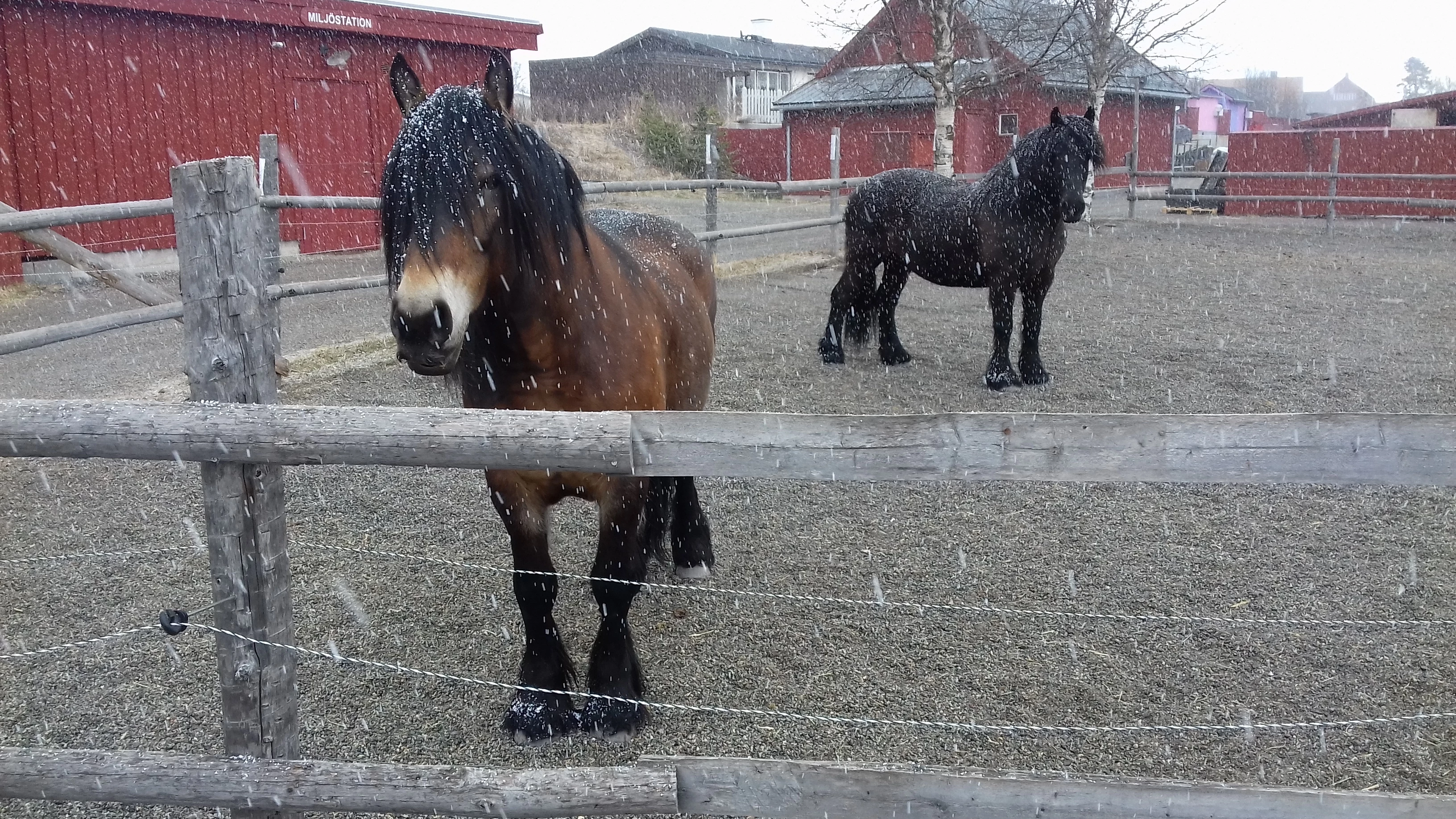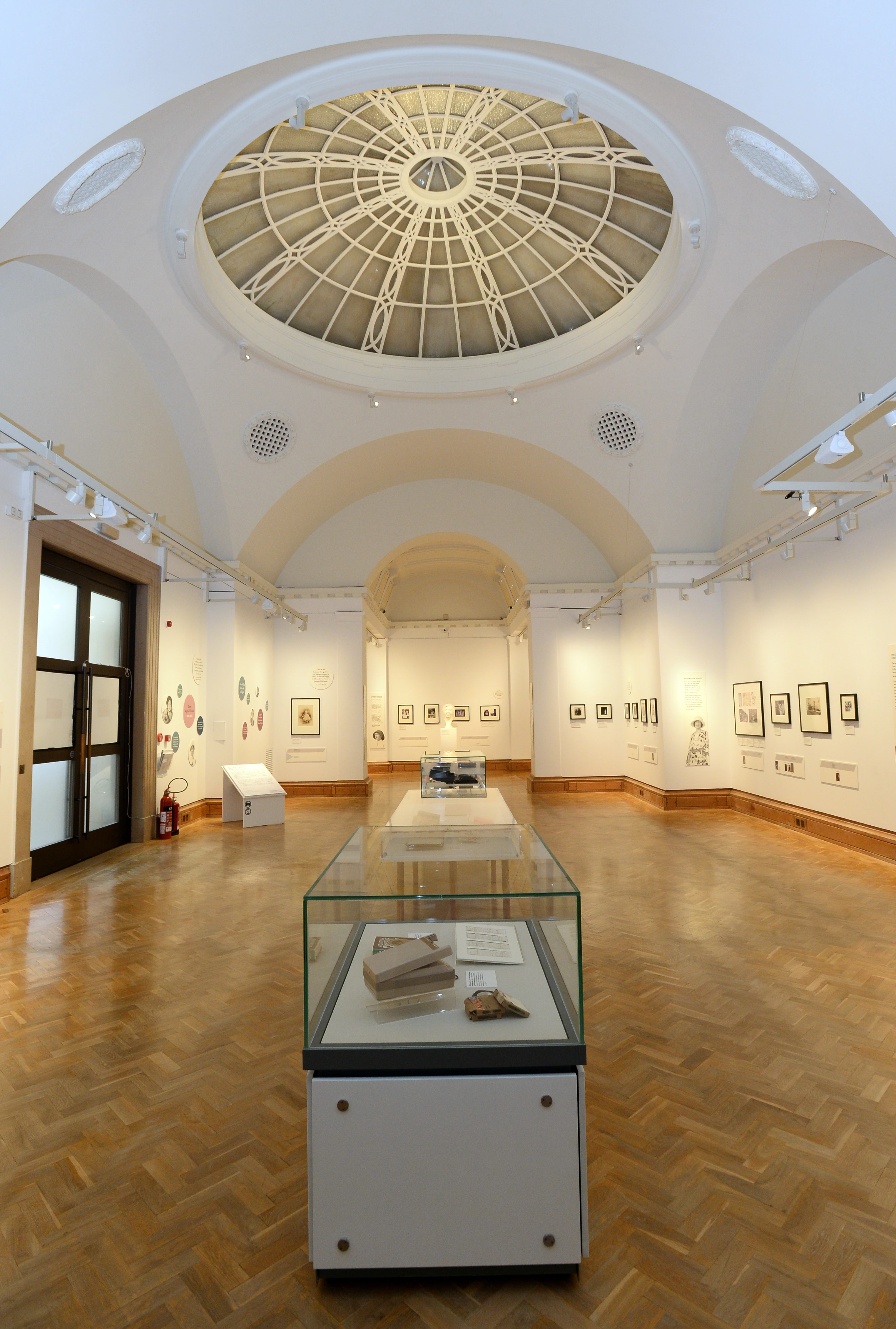International Tiger Day 2017
, 13 Gorffennaf 2017
On 29th July, we are going to take part in an international event to support tiger conservation across the world.
You may be shocked to realize that we have lost 97% of all wild tigers. Worldwide, tigers are on the brink of extinction with many species listed as Endangered or Critically Endangered. The goal of the day is to raise public awareness of tiger conservation issues, and to work to find a way to halt their rapid decline. This is an annual event that we will be taking part in for the first time. The day was first celebrated in 2010 following the Tiger Summit held in St. Petersburg.
Many international organisations will be involved in events across the globe, working towards increasing the numbers of tigers in the wild. So what will be happening at the museum on international tiger day?
The star of the show will be Bryn, a most handsome Sumatran Tiger. Bryn came to the museum in 2016 after spending his life at the Welsh Mountain Zoo in Colwyn Bay. You can find out more about him by reading my last blog. Bryn will only be on display for this one day, so do not miss this opportunity to come and see him up close.
Helping us learn more about Bryn will be the ever-wonderful Dr Rhys Jones. Lecturer, reptile specialist, jungle man and wildlife welfare warrior, Rhys has worked with many charities in conserving and rescuing endangered and exotic animals.
We are especially pleased to announce that the World Wildlife Fund (WWF) will be joining us, one of the key charities involved in conservation efforts across the globe. WWF work closely with governments around the world to provide support for surveying and protecting tigers and have launched Tx2. An ambitious conservation project aiming to double the number of tigers in the wild by 2022 – the next Chinese year of the tiger.
I am also incredibly excited to announce that the fabulous Nicola Davies (@nicolakidsbooks) will be with us running big cat activities throughout the day. Nicola is a wonderful children’s author with an infectious enthusiasm for animals and the natural world. Join her for storytelling sessions and rhyming activities (bookable on the day).
There will also be drop-in activities throughout the day so there is plenty to keep you and your family busy. We can't wait to see you. You can find out more on our Facebook event page, or What’s On.
You can follow global tiger events on social media using a range of hashtags: #doubletigers, #iprotectTigers, #TigersForever, #3890tigers.
If you want to find out more about what is being done to protect tigers, here are some useful webpages: Project Tiger, Tigers Forever, Save the Tiger fund, WildTeam & Save Tigers Now.
